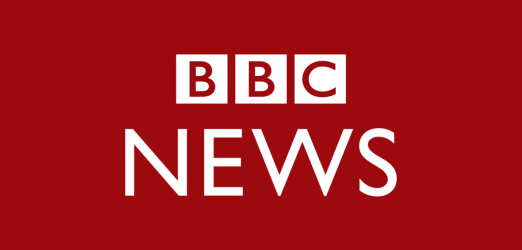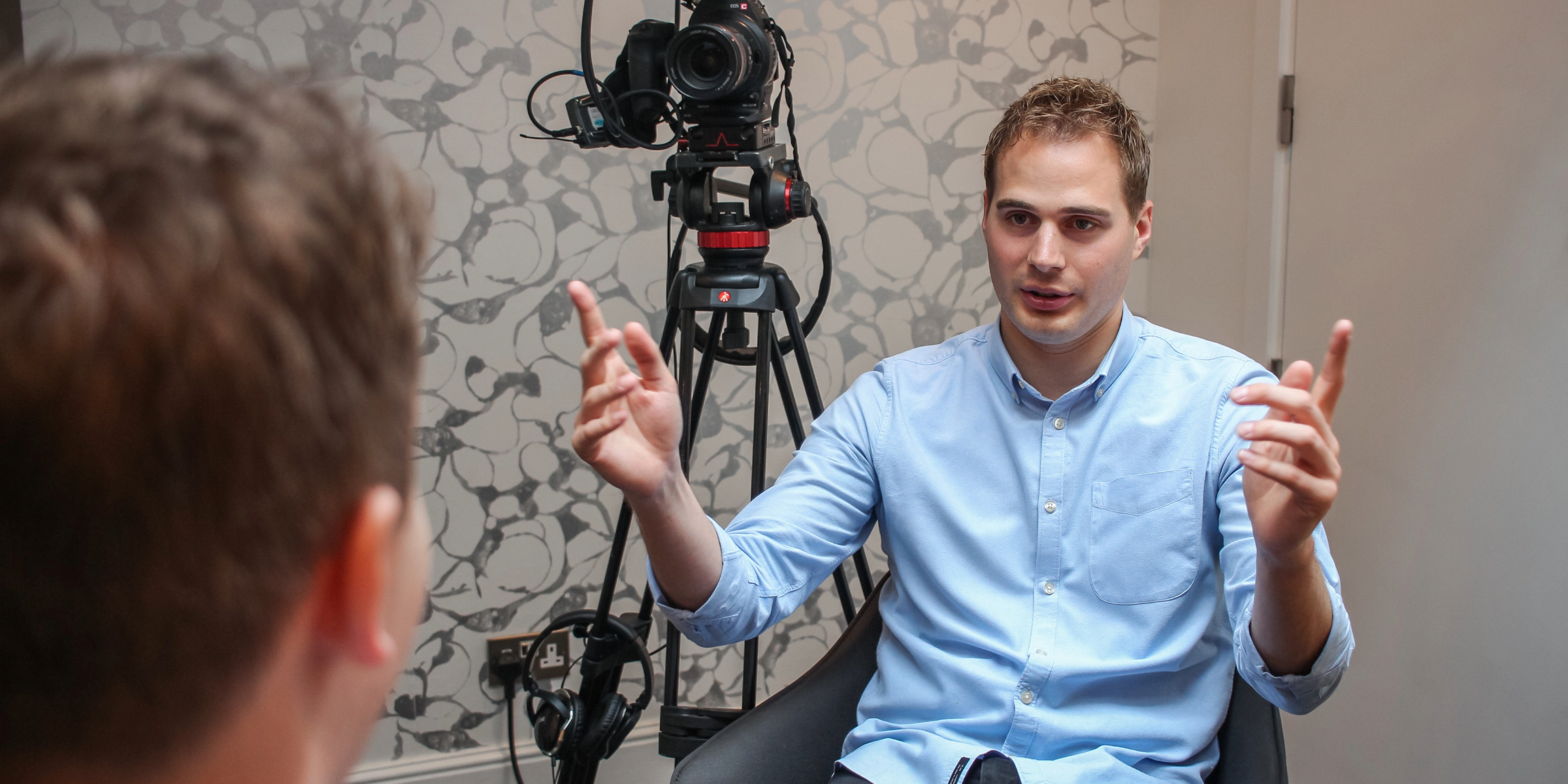By Keren Haynes
BBC One news bulletins, broadcast at one, six and ten o’clock, reach an average of 5 million viewers per programme. So how do you get your story into this much sought after and very impactful broadcast space?
A strong story and a dedicated media relations team with the right contacts is a good start! That’s my view as a former broadcast journalist, who worked for more than a decade for broadcasters including the BBC, ITN and Sky.
The process starts a week before the campaign with a ring-round to the future planning team and relevant producers or correspondents. If your story makes the cut it will be listed on the home news diary, which is accessible online to all journalists across the BBC. This planning diary has all stories that are deemed to be news-worthy, but at this point they might, or might not, get on air.
TV is, of course, all about the visuals and broadcasters will want to know what you can offer for them to film, or what footage you can provide in terms of B-roll. B-roll is around 6-8 minutes of roughly edited footage, produced by companies like Shout! to support a PR story; we distribute it to broadcasters free of charge and any copyright issues in the knowledge that they’re more likely to run the story if it comes with moving pictures. Newsrooms are short staffed these days, so if your B-roll is shot in a news-style, similar to something the broadcasters might shoot for themselves, there’s a better chance of your story making air.
You want to get national coverage, so it should go without saying that you need knowledgeable, authoritative spokespeople to offer up to the bulletins. In an ideal world, at least a spokesperson would be available for pre-recorded interviews that could potentially run from Breakfast onwards. The same or an alternative spokesperson should then be available – ideally in London – on the day of the story. Make sure your spokespeople are experienced and in a perfect world, media trained so they communicate key messages effectively. Click here to find our E-book on this subject: “Make Your 15 Seconds Count: Media Training Guide.” The more flexible you can be with broadcasters, the more coverage your story will get.
If broadcasters think your story has got “legs” it may be discussed further in the afternoon planning meeting attended by all the BBC programme editors of national shows. Editorial conversations are had and broadcast resources like satellite trucks and camera crews are deployed to cover what are expected to be the main stories for the day.
But of course on the day…everything can change. The news agenda is a fickle thing and even if your story has all the broadcast elements ready to go, there is no guarantee that it will still be covered by the time the bulletin goes out on air. Breaking news or events overnight in the US and Asia can over-shadow the planned news agenda, causing editors to amend their running orders. At Shout! Communications we always advise clients that it’s best to get your story out on early bulletins so there is less chance of the news agenda knocking it off.
Many would argue that BBC One bulletins are amongst the cream of the broadcast outlet crop, but there are many programmes out there that have huge audience numbers and sometimes may be better suited to your story and the type of audience your client wants to reach. Check out our media relations guide here to find out how to maximise your PR coverage on TV, radio and online.
Or if you’d prefer, give us a call to chat through your story idea and the type of broadcast coverage you are looking for.



